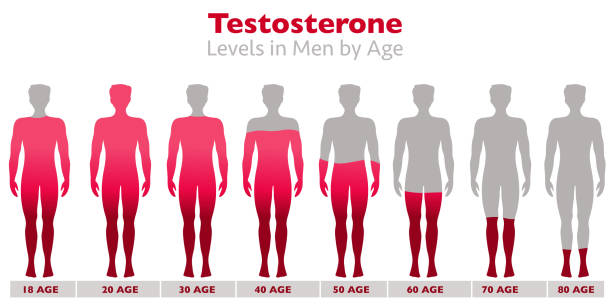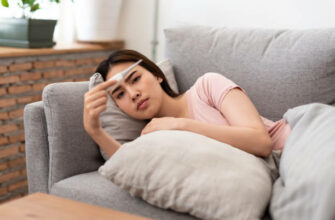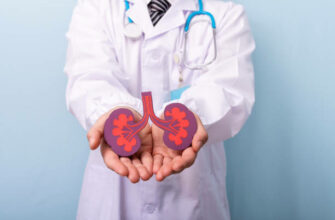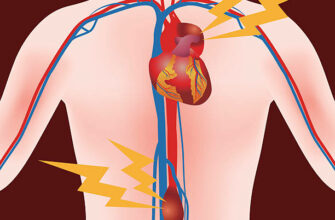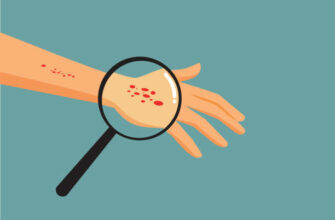Treatment for low testosterone levels in men typically involves testosterone replacement therapy. This can be done using testosterone gels, patches, injections, or pellets. In some cases, testosterone replacement therapy may not be necessary and other underlying causes of low testosterone levels, such as hypogonadism, may be treated.
Symptoms of Low testosterone
Low testosterone, also known as hypogonadism, is a condition in which the body doesn’t produce enough of the hormone testosterone. This can lead to a variety of symptoms, including:
Decreased sex drive
Erectile dysfunction
Fatigue and decreased energy
Decreased muscle mass and strength
Increased body fat
Mood changes, including depression and irritability
Decreased bone density
Hot flashes
Treatment of Low testosterone
There are a variety of treatment options for low testosterone, including:
Testosterone replacement therapy: This involves taking testosterone in the form of gels, injections, pellets, orpatches. This can help restore normal testosterone levels and improve symptoms.
Lifestyle changes: Making changes to your diet, exercise routine, and sleep habits can help improve testosterone levels and alleviate symptoms. Maintaining a healthy weight, engaging in regular physical activity, and getting enough sleep are all important.
Clomiphene citrate: This oral medication stimulates the pituitary gland to produce more testosterone. It is often used in conjunction with testosterone replacement therapy to maximize its effectiveness.
Human chorionic gonadotropin (HCG): This medication helps to maintain testicular function and can be used in combination with testosterone replacement therapy.
Anabolic steroids: These synthetic versions of testosterone can be taken orally or injected to increase testosterone levels. However, these should only be used under the supervision of a doctor as they can have significant side effects and potential risks.
It’s important to note that testosterone replacement therapy is not appropriate for everyone and that there are potential risks and side effects associated with the treatment. Before starting any treatment for low testosterone, it’s crucial to discuss your options with a doctor. They can help you determine the best course of action for your individual situation and ensure that you are receiving safe and effective treatment.
Testosterone replacement therapy is generally considered safe and effective for the treatment of low testosterone levels in men. However, like any medical treatment, it can have side effects. Some of the most common side effects of testosterone replacement therapy include acne, breast enlargement, and increased risk of prostate cancer.
Conclusion
Low Testosterone levels in men can lead to a range of symptoms, including low sex drive, erectile dysfunction, fatigue, decreased muscle mass and strength, increased body fat, decreased bone density, and mood changes. Treatment for low testosterone levels typically involves testosterone replacement therapy, which is generally considered safe and effective. However, it is important to discuss the risks and benefits of testosterone replacement therapy with a healthcare provider to determine the best course of action.

 Home
Home Health
Health Diet & Nutrition
Diet & Nutrition Living Well
Living Well More
More